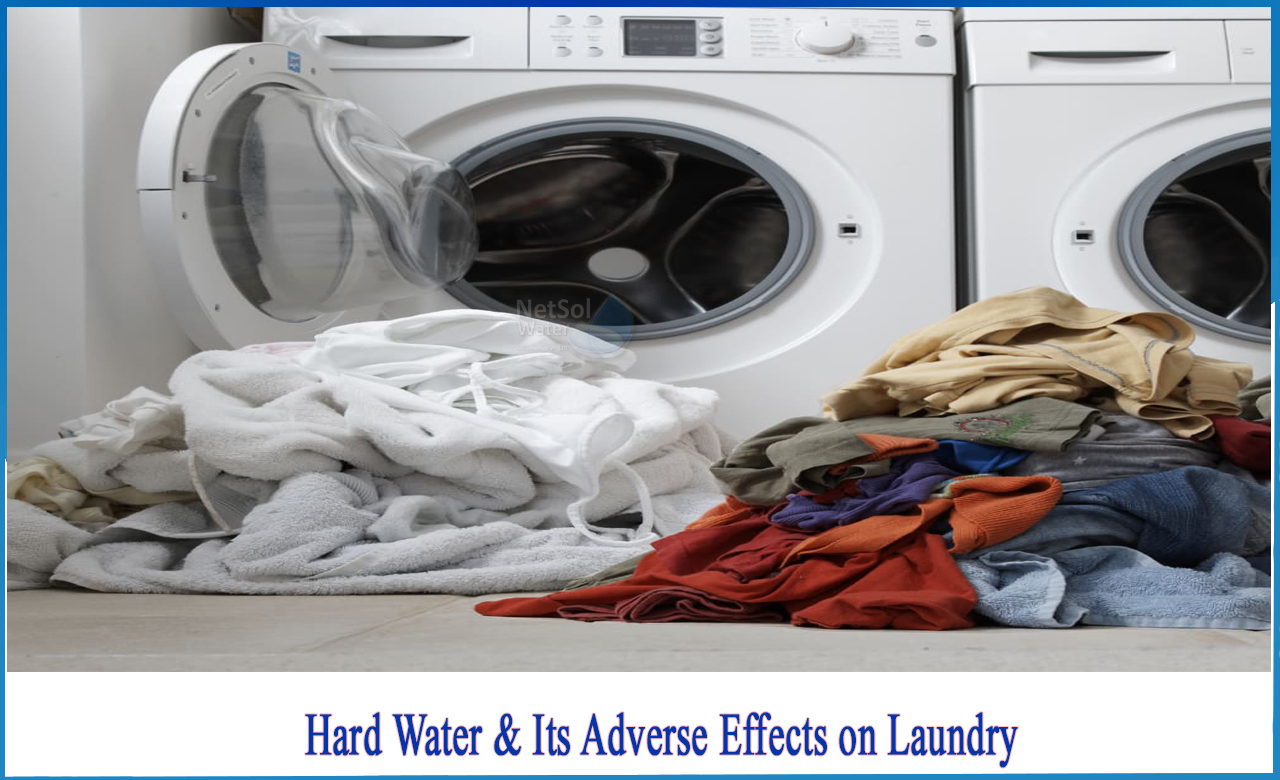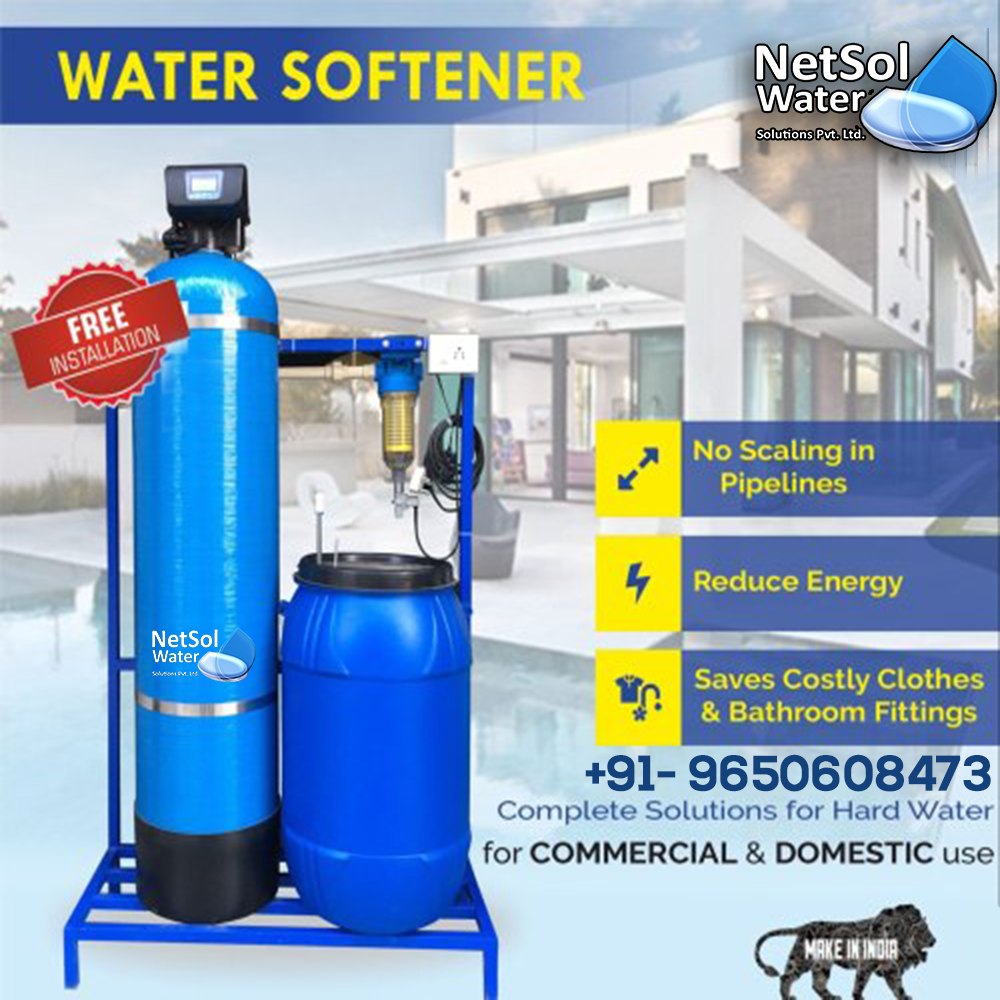When the natural water in your area has a high mineral content, such as calcium and magnesium, it is referred to as hard water. Because water has the ability to dissolve materials, it picks up mineral particles from the rocks and soil it comes into contact with.
If you live in a chalky area, for example, your water is likely to contain high levels of calcium, making the water in your area hard. Because soft water contains only trace amounts of these minerals, it is unlikely to affect your laundry.
Why Hard Water is not suitable for Laundry?
Poor water quality and laundering techniques are frequently to blame for laundry problems, rather than the equipment or cleaning products used. The best laundry water is soft and nearly free of iron, manganese, and turbidity, with no colour. Soaps and detergents clean more effectively in soft water.
Laundry use consumes a lot of water. Because the minerals that cause hardness interfere with the cleaning action of soaps and detergents, hardness in laundry water is a problem. As a result, more soaps and detergents are required to neutralise the minerals, and laundry results are not as good as when there is no hardness present.
Carbonate builders, which are commonly found in non-phosphate detergents, also react with hardness minerals. The resulting product is a white precipitate, calcium and magnesium carbonate, which stiffens and harshens fabrics and leaves a film on fabrics that causes colours to appear faded or streaked with white. When carbonate-based detergents are used in soft water, no precipitate is formed.
BENEFITS OF WATER SOFTENER FOR LAUNDARY
WASH CLEANER: When washed in softened water with the appropriate soap and or/detergent, all fabrics become cleaner. Impurities from hard water become embedded in fabric weaves, making fabrics rough and stiff. Colours fade as whites turn grey. Hard water also allows soap curd to build up, which must be rinsed away in order for fabrics to be clean. These issues are eliminated by using soft water.
WATER IS SAVED: Because softened water has less hardness and soap curd, it allows you to wash fabrics cleaner with less rinsing. As a result, it is frequently possible for a laundry to eliminate one rinse cycle entirely while maintaining laundry efficiency.
Water savings can be significant; for example, if a 600-pound washer uses 150 gallons per rinse and is cycled eight times per day, you can save 6,000 gallons. That's 25,000 gallons per month, or 300,000 gallons per year, a figure that's easy to convert into rupees. And that's just with one washer!
CONSERVATION OF ENERGY: By eliminating one hot rinse cycle, you reduce the amount of energy required to heat that water. Using the 150-gallon example above and a heating cost of Rs. 28 per gallon, heating the rinse water costs Rs. 42. You save Rs.336 per day or Rs.1680 per week by eliminating the rinse cycle. That is based on current energy prices and only on one wheel. When hard water scale accumulates in your water heater, you must first heat the scale before heating the water. That is an unnecessary increase that can be avoided with soft water.
REDUCTION IN REPLACEMENT COST: If you run an in-house laundry, you're probably concerned about linen replacement costs. Fabrics wear out due to two factors: mechanical action and chemical action. Mechanical action is reduced by using soft water and skipping one rinse cycle. Chemical action is reduced by reducing the use of bleaches, detergents, and other chemicals (the majority of which are unnecessary with soft water). You can expect to save up to 40% on linen replacement costs, depending on the amount of chemicals you're currently using and the quality of your water.
SUPPLY COSTS GOT REDUCED: Softened water requires less laundry bleach, and chemical softeners are not required. Soaps can be used instead of detergents, which have chemical cleaners built in. Many of these are formulated with phosphates or chemicals to buffer the hardness of the water. Experience has shown that total supply costs can be reduced by up to 50%. Your savings will be determined by your current chemical usage, which is directly related to the quality of your water.




